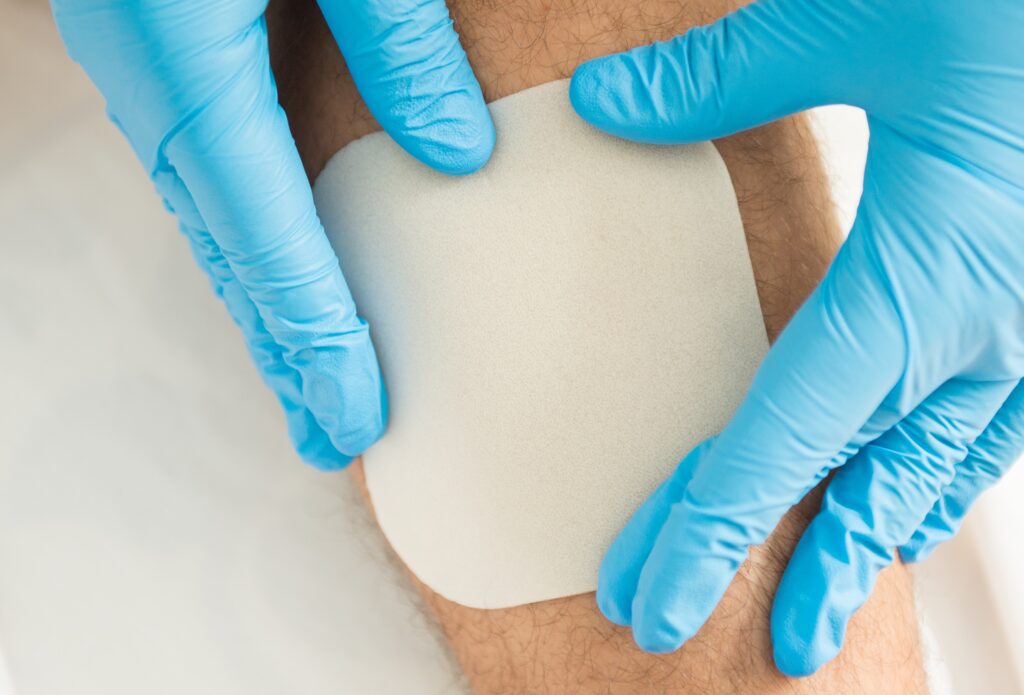Complex wounds take a longer time to heal or may not heal completely; such wounds are complex in healthcare. Effective wound management is crucial in patients with these multiple comorbidities, and incorporating advanced wound care plans will be beneficial. New technologies offer a variety of approaches to wound healing, where one can get specialized dressings, bioengineered tissue, etc., according to the patient’s requirements. Here are the strategies and solutions that are changing the face of advanced wound care in chronicity.
Specialized Wound Dressings
The first fundamental principle of more extensive wound management is the application of specific dressings to promote an effective wound-healing process. When applied, these dressings provide more than the coverage offered by the normal bandage as they heal the wound by providing moisture balance and antimicrobial properties and promoting faster tissue formation.
Hydrocolloid and foam dressing, for instance, provide a moist wound base, which is important in promoting cellular proliferation and repair. Furthermore, various products, such as silver or iodine-infused dressings, decrease bacterial presence or colonization, thus minimizing the chance of further infection in patients with chronic wounds.
Negatively Pressured Wound Therapy (NPWT)
Negative Pressure Wound Therapy (NPWT) is among the most effective practices for treating chronic wounds. This technique uses a vacuum-sealed dressing attached to a pump that applies negative pressure on the wound.
It helps remove the accumulated fluid, treat swelling, and improve blood flow to aid wound healing. It also involves closing the wound’s sides to reduce its size. It has been particularly useful for treating chronic wound types such as diabetic foot ulcers and pressure ulcers.
Bioengineered Skin Substitutes
Another technologically superior product used in advanced wound care is bioengineered skin substitutes. These substitutes can be classified into two types: synthetic or regenerated substitutes containing living cells and biomaterials that provide skin-like features provide skin-like features.
They are used to keep the chronic wounds covered and protected while offering a base upon which tissue growth can occur. Applying bioengineered skin substitutes is particularly suitable when extensive wound surfaces are present or in cases of massive skin defects. It is crucial to emphasize that these products also help reduce scarring and enhance the healed skin’s aesthetics.
Growth Factor Therapy
Growth factor therapy is thus a targeted treatment of chronic wounds, as it promotes specific cells’ functions in the healing process. Growth factors are naturally occurring proteins contributing to cell division, blood vessel formation, and collagen synthesis.
In advanced wound care, growth factors are topically applied or infiltrated into the wound to stimulate tissue regeneration, acting as a mediator in healing. This therapy appears useful in treating numerous types of chronic wounds, such as diabetic ulcers and venous leg ulcers, by enabling faster and more thorough healing.
Conclusion
Specialized dressings of advanced wound care include diversified management of chronic wounds, recourse to NPWT, bioengineered skin substitutes, and growth factor therapy. These action plans are tailored to the needs of the chronic wound sector and intended to enhance its effectiveness and patient outcomes. These solutions are still under development and provide hope for improved management of chronic wounds to help patients suffering from persistent health condition







